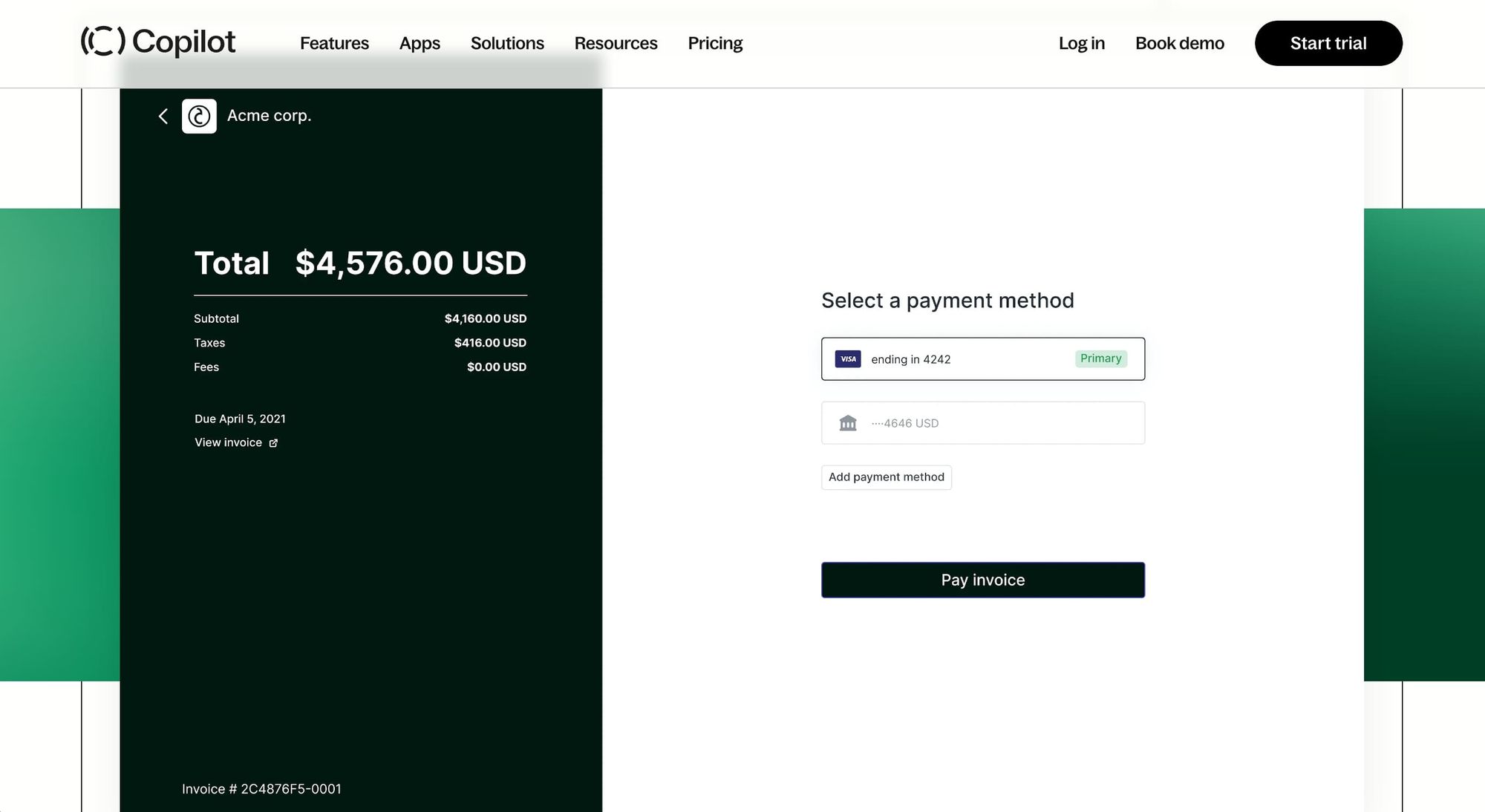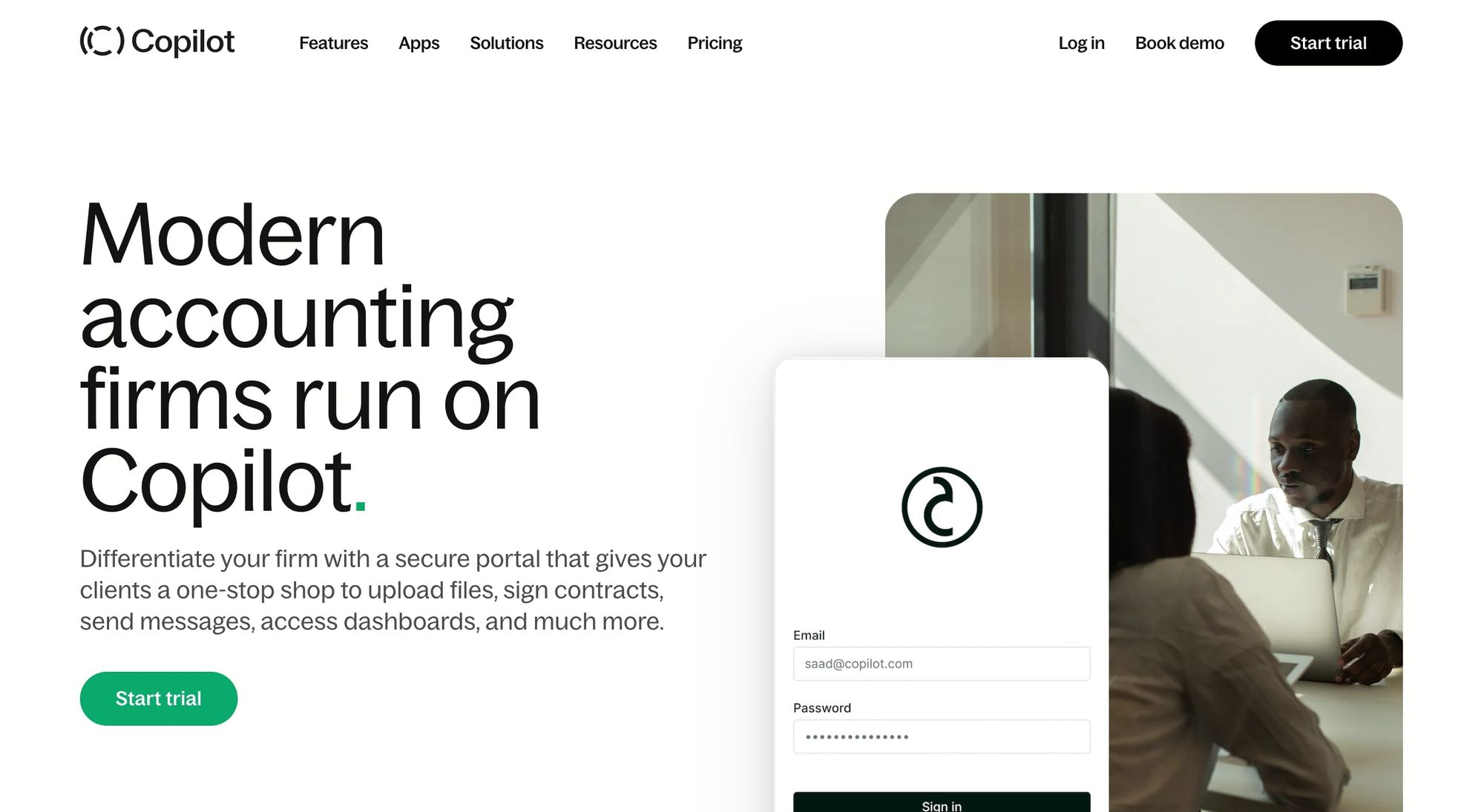Back to Blog Home
How to Price Bookkeeping Services for Clients of All Sizes

Navigating the world of bookkeeping services can often feel like walking a tightrope. Price too low, and you undervalue your expertise. Charge too high, and you risk losing potential clients. But what if there was a way to strike a balance, a method that ensures your services are adequately compensated while still offering fair value to clients of all sizes?
In this guide, you'll discover how to masterfully price your bookkeeping services, blending strategy, communication, and technology, all in one cohesive approach. Let's get started.
Traditional vs Value-Based Method of Pricing Bookkeeping Services
When it comes to running your own bookkeeping business, one of the first hurdles you'll need to overcome is figuring out your pricing model. The two most commonly used methods are the traditional model, often based on an hourly rate, and the value-based pricing method. Each has its pros and cons, and understanding them can greatly affect how you run your bookkeeping firm.
Overview of the Traditional Pricing Model
In the traditional model, bookkeepers charge an hourly rate for their services. This has long been the go-to approach, particularly for small businesses. As a bookkeeper, you might spend your hours balancing bank accounts, ensuring that the cash flow is steady, and reconciling credit card statements. You track the time spent on these tasks and bill accordingly.
While this may sound simple enough, the traditional model has its challenges. If you've ever managed a business owner's account, you'd know that the workload isn't always steady. Some months might require basic bookkeeping tasks, while others could involve a deep dive into accounting software to organize financial data or generate comprehensive financial reports. As a result, the monthly fee can fluctuate, making it hard for your clients to budget accurately, and may lead to some eyebrow-raising when they receive an unexpectedly high invoice.
Benefits of Value-Based Pricing
This is where value-based pricing shines. With value-based pricing, you're not just an hourly worker crunching numbers; you're a valuable partner providing crucial accounting services that help your clients understand their financial health better. You're offering peace of mind and confidence in their financial status, and it's this value that you put a price tag on.
Instead of charging by the hour, you establish a flat monthly fee that reflects the value the client receives. This fee covers all tasks required to maintain their financial health — from managing bank accounts and credit card statements to ensuring a steady cash flow and deploying accounting software for financial data analysis.
The value-based model brings consistency and predictability, which most business owners appreciate. No surprises at the end of the month, just the assurance of well-managed finances. And trust me, nothing makes a client happier than knowing they can count on you for this.
Remember, whether you choose traditional or value-based pricing, the goal is always to provide top-notch services that your clients appreciate. Balancing bank accounts and managing cash flow are essential, but providing peace of mind to business owners is what really sets your services apart.
Pricing Bookkeeping Services for Different Client Sizes
Every client is unique, and their needs will vary greatly depending on the size and nature of their business. It’s important to have a flexible approach when it comes to bookkeeping pricing, to ensure you’re providing value and meeting the individual needs of each client.
Here are some general ranges to provide a starting point:
- Basic bookkeeping services for a small business could range anywhere from $300 to $800 per month. This typically includes basic tasks like recording transactions, reconciling bank statements, and preparing financial statements.
- For more complex bookkeeping services, such as those required by medium or larger businesses with more complex needs, the monthly cost can run into the thousands.
- The average hourly rate for a bookkeeper in the United States is between $15 and $50, though this can be higher for certified professionals or those with extensive experience.
Small Clients
Small clients can be categorized as those who only need basic bookkeeping services. They might be sole proprietors or small businesses that require a professional to handle bank reconciliation, categorize transactions, and prepare financial statements.
Often, these clients don't have the budget to employ a full-time CPA or accounting firm, and that's where we come in. We can step in as their virtual finance department, managing tasks on QuickBooks Online or other accounting software. The pricing for these clients might be lower, but remember, we're establishing long-term relationships, and as their businesses grow, so too will their needs (and our compensation).
Medium-Sized Clients
Medium-sized clients often have more complex needs. In addition to basic bookkeeping, they might require additional services like payroll processing, sales tax returns, and accounts payable and receivable management.
As a virtual bookkeeper, it's crucial to be flexible and adapt to their specific requirements. A one-size-fits-all approach simply won't cut it. Yes, the workload might be higher, but so is the monthly fee, and your clients will appreciate the breadth of services you can provide.
Large Clients
Large clients are where you can truly showcase your skills and expertise. At this level, businesses typically have their basic bookkeeping needs covered but require more advanced advisory services. They're looking for a bookkeeping professional who can offer strategic financial insights, such as cash flow forecasting, budgeting, and financial planning, to help drive their business growth. Your role here is not just to balance the books, but to provide strategic advice that impacts their bottom line. The pricing for these services should reflect the value and expertise you bring to the table.
Remember, every client, regardless of size, is looking for a trusted financial advisor. As their bookkeeper, you're not just offering them a service, you're offering them peace of mind, and that’s a value they're more than willing to pay for. Each pricing model should be crafted with care and consideration to reflect the unique services provided to small, medium, and large-sized clients alike.
Factors Influencing Pricing of Bookkeeping Services
When determining how to price bookkeeping services, there are several key factors to consider. These factors not only impact the time and effort required to deliver the service, but they also influence the perceived value of the service in the eyes of your clients.
- Scope of Work: The amount of work needed can greatly influence the pricing. Tasks could range from basic data entry and accounts receivable management to more complex services like tax preparation and CFO-level advisory services. For instance, a new client might require catch-up bookkeeping for past months, which involves extra work and should be priced accordingly.
- Client's Business Size and Complexity: As mentioned earlier, the size of the client's business and the complexity of their financial operations can affect pricing. A new business with a handful of transactions each month won't have the same needs or price point as a large corporation with multiple bank accounts and credit card transactions.
- Frequency of Service: The frequency of the service also impacts pricing. Monthly bookkeeping, for example, would be priced differently than a one-off service such as year-end financial reporting or tax preparation.
- Software and Tools Used: If the firm is using a specific accounting software like QuickBooks Online, there might be costs associated with using that platform, which could be passed on to the client.
- Add-On Services: Additional services beyond basic bookkeeping also affect pricing. These could be services like payroll management, tax preparation, or advanced financial analysis. Each of these add-ons carries a distinct value and should be priced as such.
- Value-Based Pricing: Instead of charging an hourly rate or a fixed price, some bookkeeping firms prefer value-based pricing. This method involves charging clients based on the value they receive from the service rather than the time it takes to perform the service.
Remember, pricing isn't just about covering costs; it's about recognizing the value of the service provided. So when setting the prices, consider all these factors and how they contribute to the overall value delivered to the clients.
Communicating Your Pricing Strategy to Clients
Every client relationship is founded on clear, transparent communication. When you're ready to discuss your pricing strategy with your clients, there are a few key steps to consider.
Discuss Your Value
Start with a conversation about value. You are not just providing basic bookkeeping services like maintaining the balance sheet or handling bill pay. Your service goes beyond the data entry tasks that could be handled in-house. Your expertise is in streamlining workflow, optimizing cash flow, and delivering accurate financial insights that empower small business owners and startups. Frame your pricing within this context of value, emphasizing the long-term benefits your clients will gain.
Be Clear About Pricing

Next, provide clear details about your pricing. If you're using a fixed fee structure, explain what this entails. Be upfront about what's included in your services and what would incur additional charges. This step is crucial because it sets realistic expectations and helps prospective clients understand the scope of your services.
Use the Right Tools
The tools you use to communicate your pricing strategy can also make a significant difference. For instance, consider utilizing a client portal, which can provide a secure platform for sharing sensitive information such as pricing details. It can also be used to share important updates, maintain transparency, and build trust with your clients.
Additionally, invoicing software can streamline the billing process, ensuring your clients have a clear understanding of your charges. Check out this article on the best invoicing software to explore some great options.
Best Practices
Effective client communication is an art that's mastered over time. Fortunately, there are resources available that can help you refine your approach. Check out these articles for more tips on client communication and best practices for small agencies.
Communicating your pricing strategy effectively to clients can seem daunting at first. But remember, transparency, clarity, and value-based conversation are key. Use the right tools, refine your skills, and let your clients see the value you offer beyond the numbers.
Conclusion
Mastering how to price bookkeeping services requires a balance of understanding your value, assessing your client's needs, and maintaining open communication. Remember, the goal isn't just to bill clients, but to build long-lasting relationships based on trust and value. As a modern, online bookkeeping professional, your strategic pricing model could be the deciding factor that distinguishes your services from the rest.

Ready to take your bookkeeping business to the next level? Sign up for a free trial of Copilot today and start creating a pricing strategy that serves both you and your clients!
Share this post
Sign up for our newsletter
Subscribe to our newsletter to receive emails about important announcements, product updates, and guides relevant to your industry.
